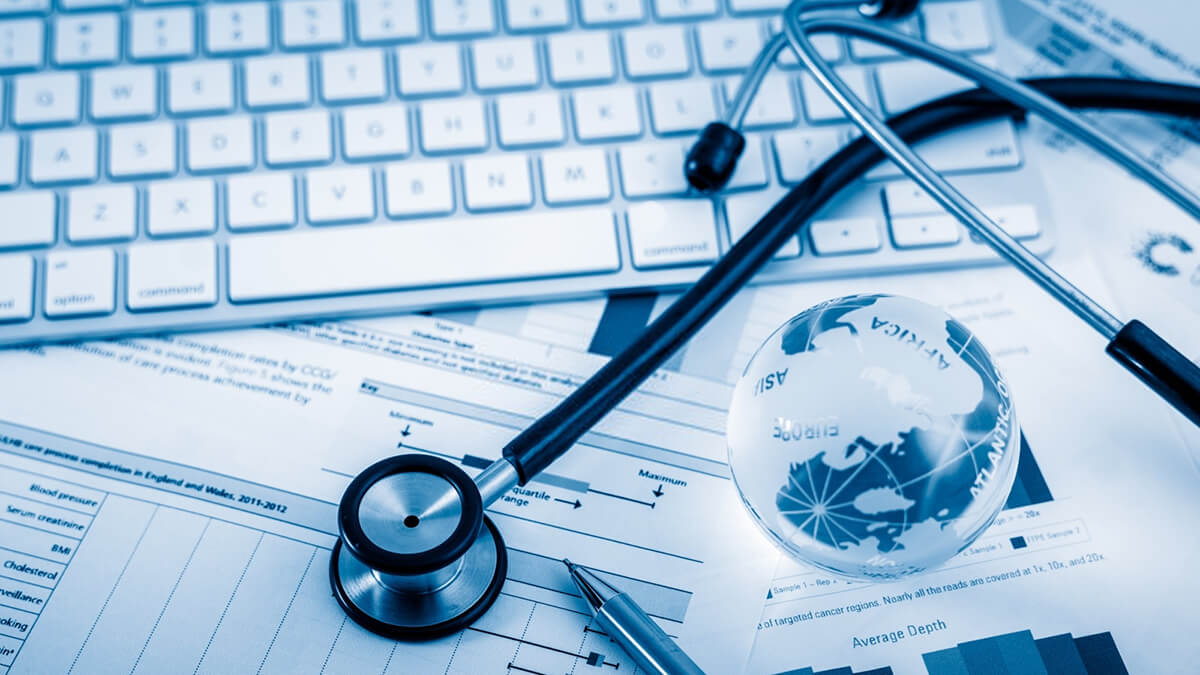The Future of Medical Administration: Patterns and Technologies to Watch
Best Practices in Medical Administration for Improving Effectiveness and Reducing Costs
In the ever-evolving landscape of health care, the search of best methods in clinical administration is vital for boosting efficiency and curbing expenditures. By incorporating sophisticated modern technologies such as electronic health and wellness documents and telemedicine, medical care suppliers can simplify operations and improve individual care.
Leveraging Advanced Innovation
In today's swiftly evolving health care landscape, leveraging sophisticated modern technology is no more optional but crucial for efficient medical administration. The integration of digital solutions into medical care systems has actually changed the means centers run, streamlining processes and enhancing patient care. Electronic Health Records (EHRs) are critical, offering detailed individual information that can be accessed immediately by accredited employees, hence lowering redundancy and decreasing mistakes. By systematizing person info, EHRs remove the need for difficult documentation and promote smooth communication among healthcare service providers.
Telemedicine is another technical innovation that has revolutionized person interaction. It supplies convenience for both patients and health care professionals by making it possible for remote examinations, which can decrease the demand for in-person check outs and maximize visit organizing. Furthermore, telehealth systems can prolong medical care access to country or underserved areas, linking voids in care distribution.
Moreover, using Expert system (AI) and artificial intelligence is coming to be progressively widespread in predictive analytics, permitting very early detection of prospective wellness problems and more educated decision-making. These modern technologies, when integrated efficiently, can boost diagnostic accuracy and customize client therapy strategies, ultimately causing boosted healthcare results and functional efficiency.
Optimizing Source Appropriation
Effective resource allotment is crucial for making the most of the effectiveness of clinical administration. By tactically handling sources such as employees, tools, and finances, healthcare facilities can considerably improve their functional efficiency, improve individual end results, and lower unnecessary expenditures. The primary step in enhancing resource allotment includes carrying out a detailed assessment of current assets and identifying areas where sources may be underutilized or overextended. This assessment must be data-driven, making use of metrics and analytics to educate decision-making procedures.
Focusing on source allowance based on person requirements and service needs is vital. This involves straightening resources with high-demand locations, such as emergency treatment or specialized treatments, to guarantee prompt and efficient patient treatment. Carrying out versatile staffing versions can likewise optimize labor sources by adjusting workers allocation in reaction to rising and fall person quantities. In addition, accepting telemedicine and other technical options can alleviate physical source restraints by providing alternative opportunities for patient-provider communications.
Economic resources ought to be thoroughly kept track of and designated with critical foresight to sustain both temporary functional needs and long-term institutional goals. This consists of investing in training programs that boost team competencies and embracing energy-efficient techniques that lower functional costs (medical administration). Ultimately, an optimized resource allowance approach fosters a sustainable healthcare environment that is responsive, efficient, and financially prudent
Streamlining Workflow Procedures
When medical care facilities objective to boost functional performance, streamlining workflow processes becomes a pivotal focus. Reliable operations decrease redundancy, remove unneeded actions, and boost control amongst health care experts. This method not only accelerates solution distribution yet additionally improves the high quality of client care.

Next, innovation integration plays a considerable duty in improving operations. Implementing digital health records (EHRs) and digital doctor order access (CPOE) systems reduces documents, decreases human error, and guarantees details is easily accessible to all relevant personnel. Furthermore, leveraging telemedicine systems can streamline client examinations and follow-ups, reducing the stress on physical framework.

Inevitably, structured operations cause set you back decreases and enhanced client fulfillment, promoting a much more sustainable health care atmosphere.
Enhancing Data Management
Structure upon structured process, enhancing data management becomes a vital Visit This Link component beforehand medical care administration. Efficient information monitoring systems are critical for keeping precise individual records, improving decision-making, and ensuring conformity with regulative standards. By implementing durable information administration options, healthcare centers can improve the quality of person care while at the same time reducing functional prices.
One secret aspect of improving data monitoring is the integration of innovative electronic wellness record (EHR) systems. These systems facilitate the seamless exchange of individual information throughout different divisions, reducing replication of tests and lessening errors. A properly designed EHR system supports information analytics, enabling doctor to recognize trends and make educated decisions regarding individual care.
Additionally, safeguarding client information is paramount. Embracing thorough cybersecurity actions, including security and regular audits, guarantees the honesty and confidentiality of sensitive info. This not just protects clients however additionally maintains the organization's online reputation.
Purchasing personnel training is one more essential factor. Informing healthcare experts on information monitoring techniques enhances their ability to efficiently use modern technology, bring about boosted patient end results. In conclusion, enhancing data administration with sophisticated innovation and detailed training is essential for accomplishing effectiveness and expense reduction in medical administration.
Fostering Collaborative Communication
A vital element beforehand medical management is fostering collaborative communication amongst medical care specialists. Efficient interaction is critical for making sure seamless client care, maximizing therapy results, and lessening mistakes. By motivating open dialogue and sychronisation across multidisciplinary groups, medical care companies can boost their operational efficiency and reduce unneeded expenses.
Central to this technique is the combination of communication technologies such as electronic wellness documents (EHRs) and safe messaging platforms, which facilitate the quick exchange of critical person details. These devices make it possible for doctor to accessibility and share data in real time, ensuring that all group members are notified and lined up in their decision-making processes. Moreover, routine team meetings and interdisciplinary rounds can further advertise a culture of cooperation and responsibility.
Educating programs concentrated on enhancing communication skills are likewise necessary. Inevitably, fostering collaborative communication leads to improved healthcare delivery and cost savings.

Verdict
Including innovative modern technology, such as electronic health documents and telemedicine, along with maximized source appropriation and structured process procedures, is crucial for improving effectiveness in medical management. Efficient data management and fostering collaborative interaction amongst health care teams are vital for lessening redundancies and boosting treatment quality. By prioritizing preventative treatment and taking part in high quality find more information improvement campaigns, medical care organizations can attain considerable expense savings and boosted individual results, thus guaranteeing sustainable healthcare distribution in a progressively complex atmosphere.